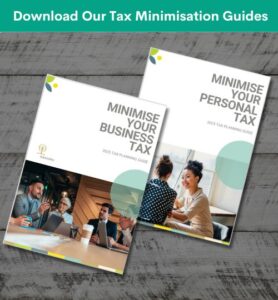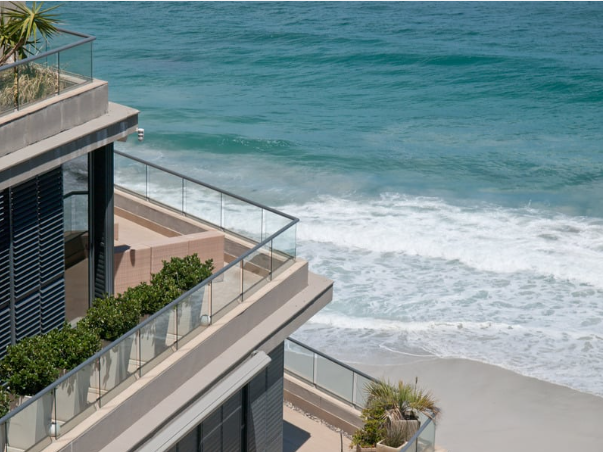The Victorian Government has recently updated their Vacant Residential Land Tax (VRLT) legislation to now include undeveloped land in Metropolitan Melbourne.
With new Treasurer’s Guidelines issued in November 2025, property owners with stalled or delayed construction projects should review whether they qualify for discretion under the updated rules.
These changes make it essential to review how your property is used throughout the year and take steps now to ensure you understand your obligations and potential exemptions.
Existing VRLT Requirements – From 1 January 2025
From 1 January 2025, the VRLT will apply to any vacant residential property anywhere in Victoria, including regional areas. The only location-based exclusion is alpine resorts.
- The tax is liable to be charged based on your property’s usage in the preceding calendar year, meaning your use of the property in the current year will determine whether you are liable to pay the tax in the following year.
- The tax rate is 1% of the property’s Capital Improved Value (CIV) in the first year.
- The rate increases to 2% in the second consecutive year and 3% from the third consecutive year onwards.
Example: A holiday home worth $1,000,000 that has sat vacant for more than six months since 1 January 2024 would have attracted a $10,000 tax in 2025, and if the property remained vacant, the tax would increase to $20,000 in 2025 and $30,000 in 2026.
Holiday Home Exemption
If your holiday home is used for at least four weeks in a calendar year by family members and your principal place of residence (PPR) is in Australia, you may be exempt from VRLT.
From 1 January 2025, the exemption is extended to:
- Properties owned by a trustee or company where the sole shareholder or beneficiary uses the property as a holiday home and meets the PPR requirement.
Who qualifies as “family” for the exemption?
Your spouse or domestic partner, children (and their partners), siblings (and their partners and children), parents, grandparents, and grandchildren. All qualifying family members’ use of the property can contribute to the 4-week requirement (continuous or aggregate).
Important: Use by friends does not count towards the 4-week occupation period.
If you qualify, you should have applied for an exemption by 15 February 2025. Failure to notify the State Revenue Office (SRO) would have resulted in a vacant residential land tax assessment notice being issued.
Other Exemptions
In addition to the holiday home exemption, other VRLT exemptions include:
- The property changed ownership during the year.
- The property became a residential property during the year.
- The property became a residential property in either of the previous two years and ownership has not changed.
- The owner occupied the property for at least 140 days during the year to attend their workplace or business, and the owner has a PPR in Australia (not available to companies, associations, or organisations).
Upcoming Changes – From 1 January 2026 (To Now Include Undeveloped Properties)
VRLT is being extended to include land in metropolitan Melbourne that has remained undeveloped for five years or more and is capable of residential development.
This includes:
- land without a home on it
- land with a residence that was partially built but abandoned
- land with a residential unit, such as a unit, apartment or flat, that has a partially completed fit out but has not been occupied.
Metropolitan Melbourne is made up of the Banyule, Bayside, Boroondara, Brimbank, Cardinia, Casey, Greater Dandenong, Darebin, Frankston, Glen Eira, Hobsons Bay, Hume, Kingston, Knox, Manningham, Maribyrnong, Maroondah, Melbourne, Melton, Merri-bek, Monash, Moonee Valley, Mornington Peninsula, Nillumbik, Port Phillip, Stonnington, Whitehorse, Whittlesea, Wyndham, Yarra and Yarra Ranges council areas.
Exemptions may be available if:
- the undeveloped land is incapable of being used or developed for residential purposes. This may be due to the size or shape of the land, its natural features or its environmental condition. It is intended to apply when development is practically impossible, not due to it being uneconomical or inconvenient.
- undeveloped residential land is next to or adjoins a principal place of residence. For example, a garden, a swimming pool or a tennis court.
How to Apply for Exemption
If your property has been unoccupied for more than six months or undeveloped for five years or more but qualifies for an exemption, you must notify the SRO on their online portal by 15 February 2026 here.
NOTE: If you have already previously applied for an exemption, provided that there are no changes to your personal circumstances or the property’s use, you don’t need to reapply for an exemption. If your property is no longer exempt, you will need to notify the SRO, which can be done on the online portal.
New Guidelines for Discretion and How to Apply
The Treasurer released guidelines on 17 November 2025 outlining acceptable reasons for construction delays when seeking SRO discretion. These are:
- Extreme weather damage
- Unforeseen restrictions
- Inadequate infrastructure
- Significant planned appeals
- Lack of key expertise or personnel
- Other exceptional circumstances that are genuinely beyond the landowner’s control
Economic or commercial factors, such as labour shortages, supply chain issues, or cost increases, are not considered acceptable reasons.
If you believe your construction delay meets one of the acceptable criteria, you should notify the SRO and apply for discretion by 15 February 2026 using the SRO vacant residential land tax portal.
How Can Morrows Help?
Please speak to your Morrows Tax Advisor if you have any questions or concerns regarding your property investments and responsibilities.

Want to learn how to Minimise your Tax Bill? Download our Tax Guides
We’ve created two Tax Planning Guides to help you and your business be better prepared.
And if you’re ready to take the guesswork out of it completely, our team is here to help you design a personalised tax strategy for your business.
Fill in your details below, to gain access to these guides for free.



